The progressive tense: erotic magazine L’imparfaite’s aesthetic finale
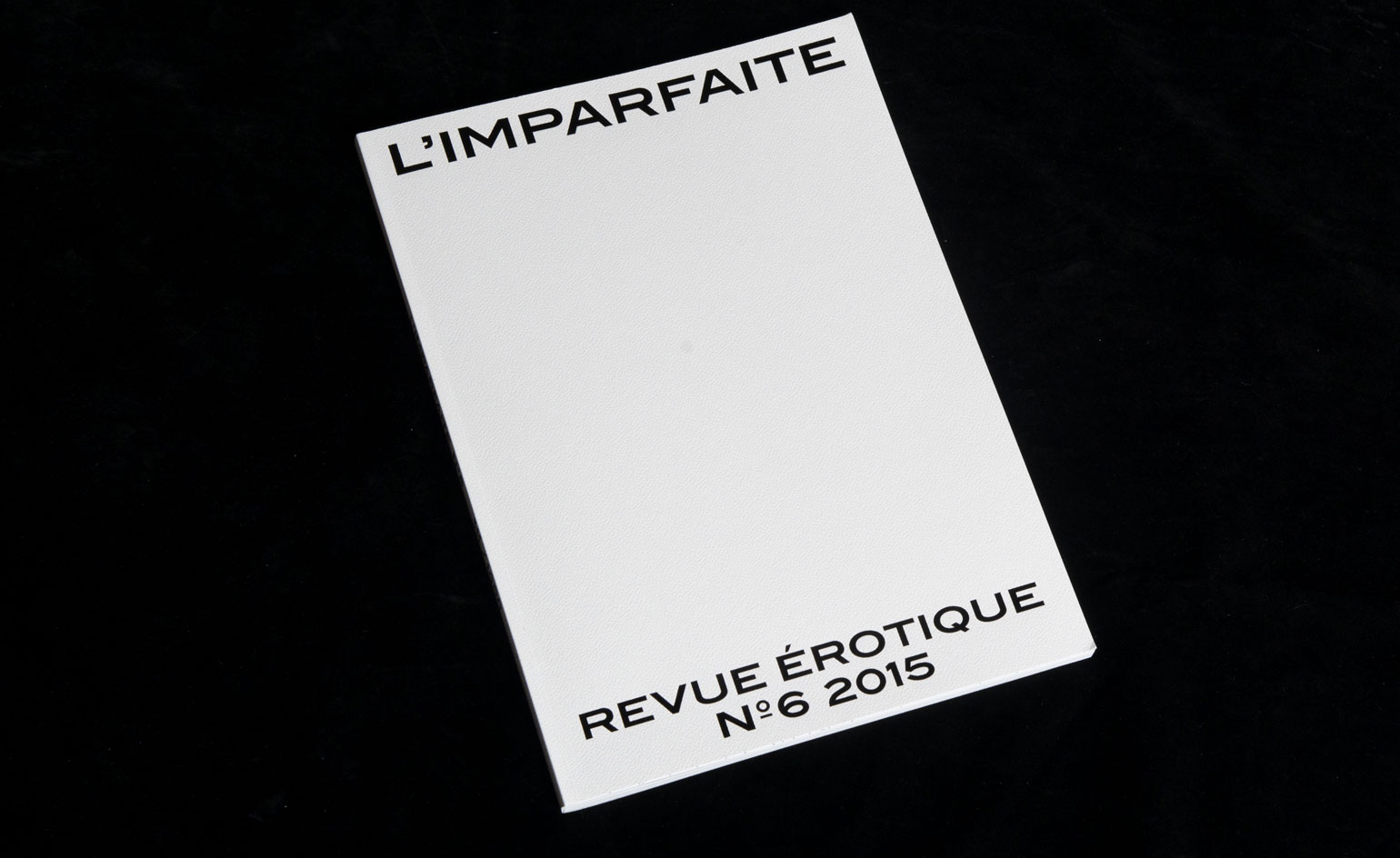
The seventh and final issue of L'imparfaite - with its large-format white cover and stark black lettering - doesn't look like what you'd expect from a 'revue érotique'.
'We were anxious about the magazine becoming its own cliché,' explains Arnaud Lajeunie, one of the publication's four co-founders (alongside Abdel Fahd Ayeva, Damien Bright and Quentin Girard, though the ranks have since swelled to nine). After six years of 'literally undressing the future elite of French politics', the project now culminates with a complete redesign, limited to 1,000 hand-numbered issues and printed in France by the estimable Manufacture des Deux Ponts.
'L'imparfaite is an ambiguous and suggestive term, open to interpretation,' explains Lajeunie about the choice of moniker. 'We like to keep readers guessing a little, but it could refer to a sexual practice that Casanova was fond of, a technical term in the printing industry, and other little secrets besides…'
Lauded as much for its cutting-edge art direction as its critical enquiries into notions of gender and sexuality, L'imparfaite mixes myriad visual formats and textual approaches, creating a unique design for each issue, with close attention paid to the power of typography and print design. Content-wise, Lajeunie explains, 'we aimed for a joyeux foutoir', which translates as a 'merry mess'. True to its desire to explore how sex and eroticism can be a window to understanding the world, L'imparfaite featured stories that ran the gamut from 'Haitian gay-voodoo-priests, to a fisting fetishist from a little French village, a Turkish ex-erotic-cinema-star-turned-tailor in Paris, to Ukrainian photographers'.
This final issue - printed in French and English - features the work of Walter Pfeiffer, Liam Astle, Nikolay Bakharev, Marton Perlaki and Camille Vivier. Lajeunie - himself a finalist at the Hyères Festival of Fashion and Photography in 2014 - also contributed photography, and there is additional input from the magazine's five most recent personnel: sociologist Myrtille Picaud, journalist Pauline Verduzier, data scientist Diégo Antonlinos-Basso, the art direction studio VLF and art director Aude Debout.
'Everybody does a little bit of everything and decisions are largely made collectively,' Lajeunie continues. 'It's this constant mixture of backgrounds that gave L'imparfaite its special tone.'
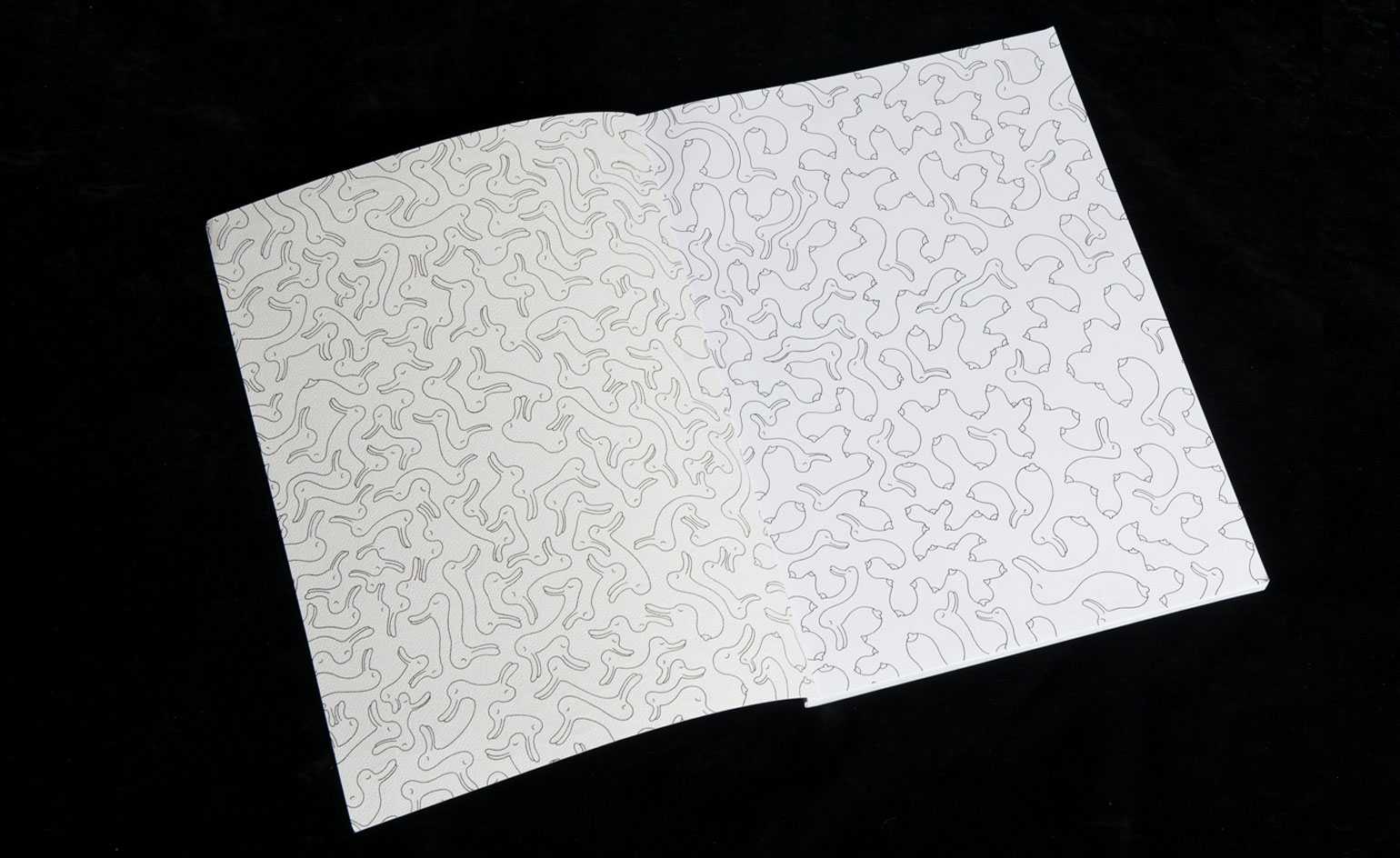
The project culminates with a complete redesign, limited to 1000 hand-numbered issues and printed in France by Manufacture des Deux Ponts.
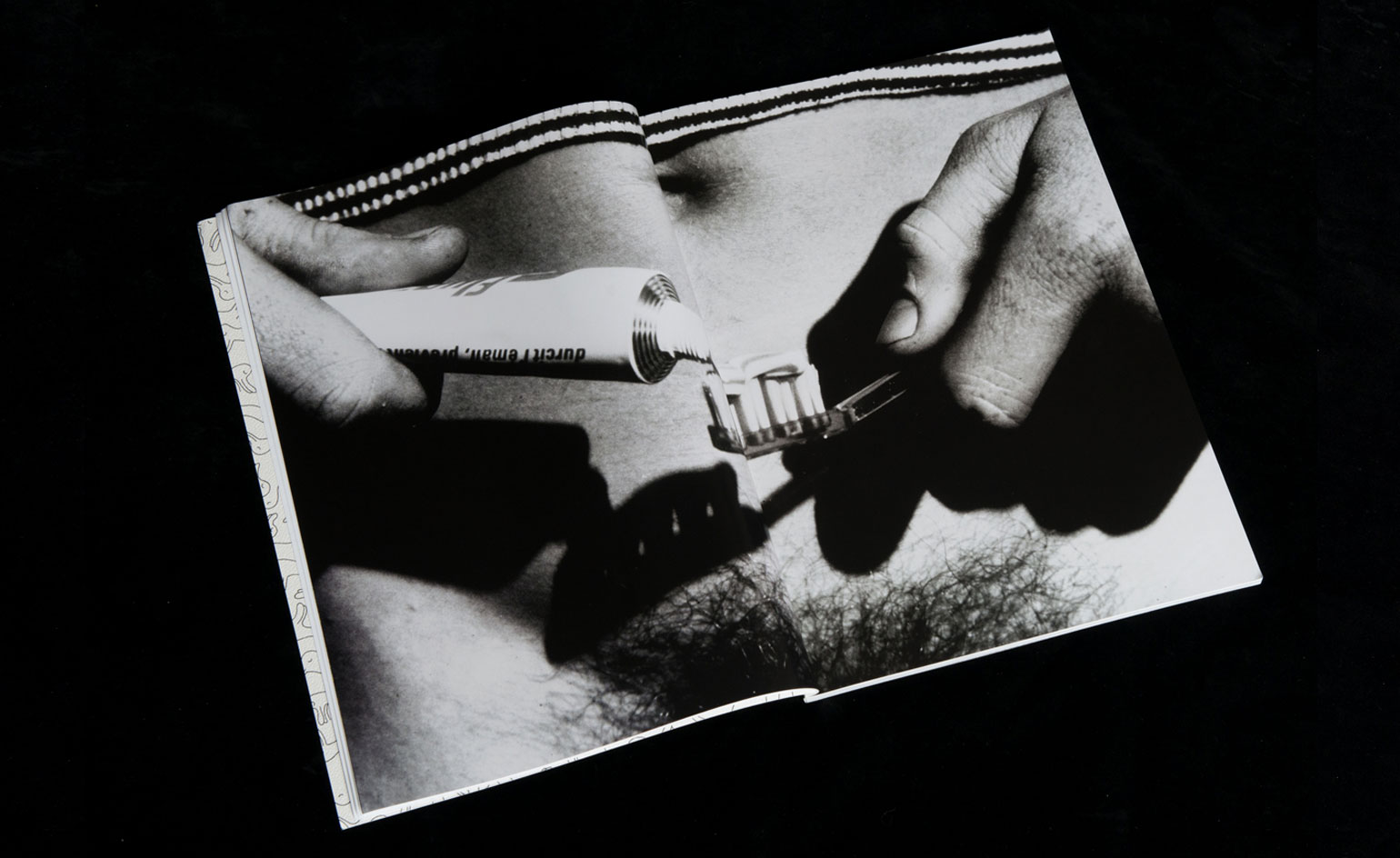
'L'imparfaite is an ambiguous and suggestive term, open to interpretation,' explains co-founder Arnaud Lajeunie. Courtesy of the artist and Galerie Sultana, Paris
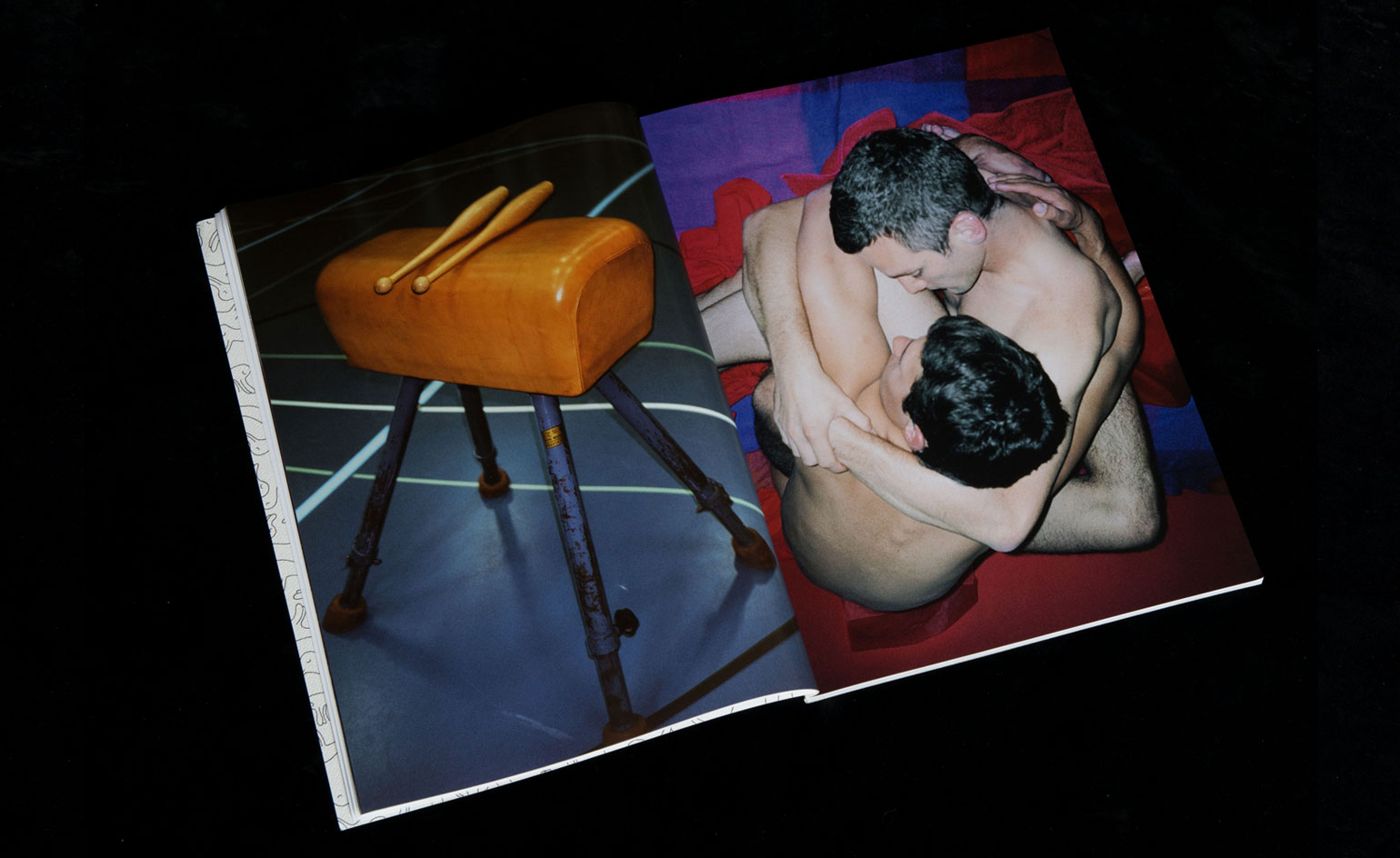
With its idiosyncratic aesthetic, the magazine doesn't look like a conventional 'revue érotique'. Courtesy of the artist and Galerie Sultana, Paris
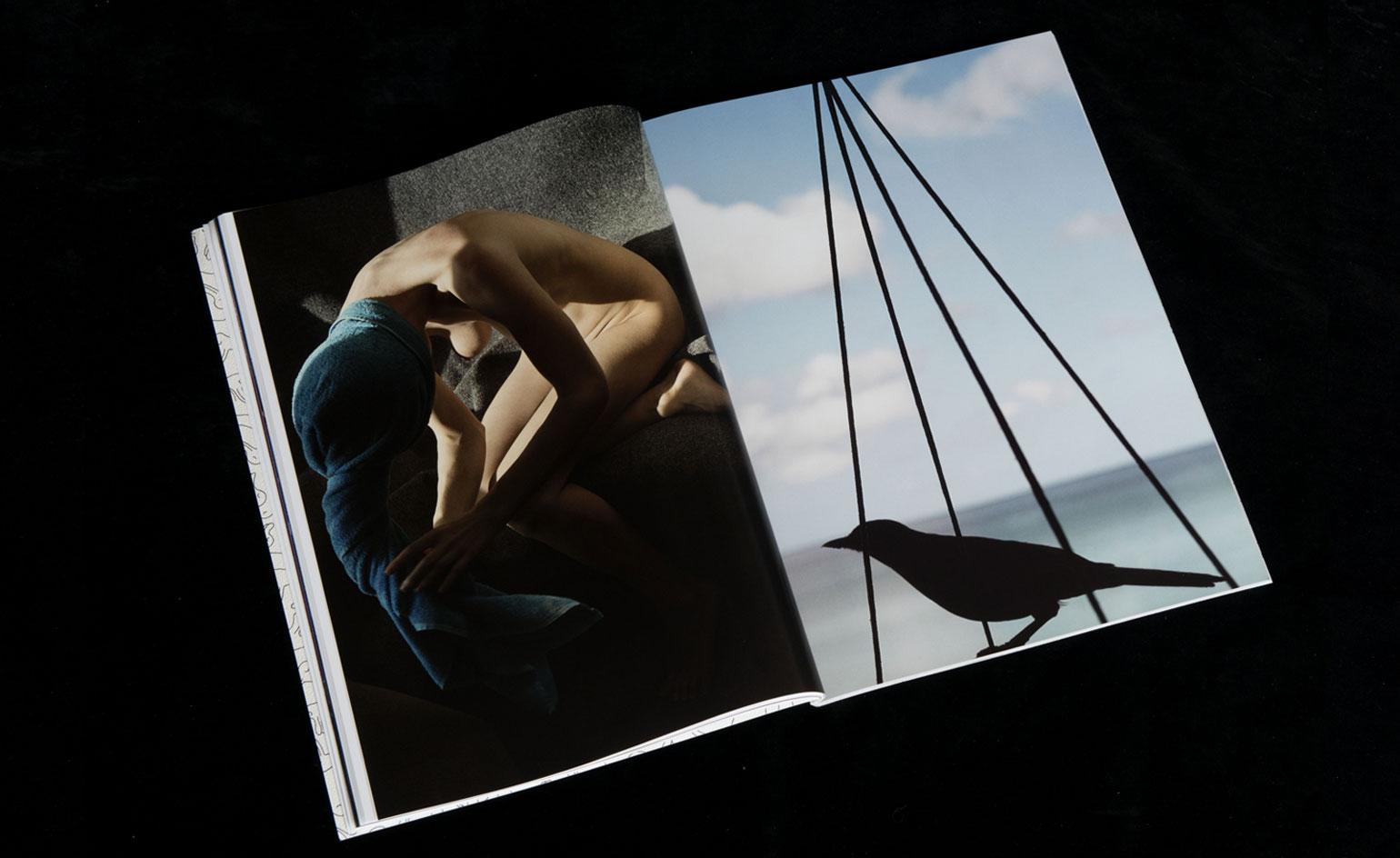
It is lauded as much for its cutting-edge art direction as its critical enquiries into notions of gender and sexuality.
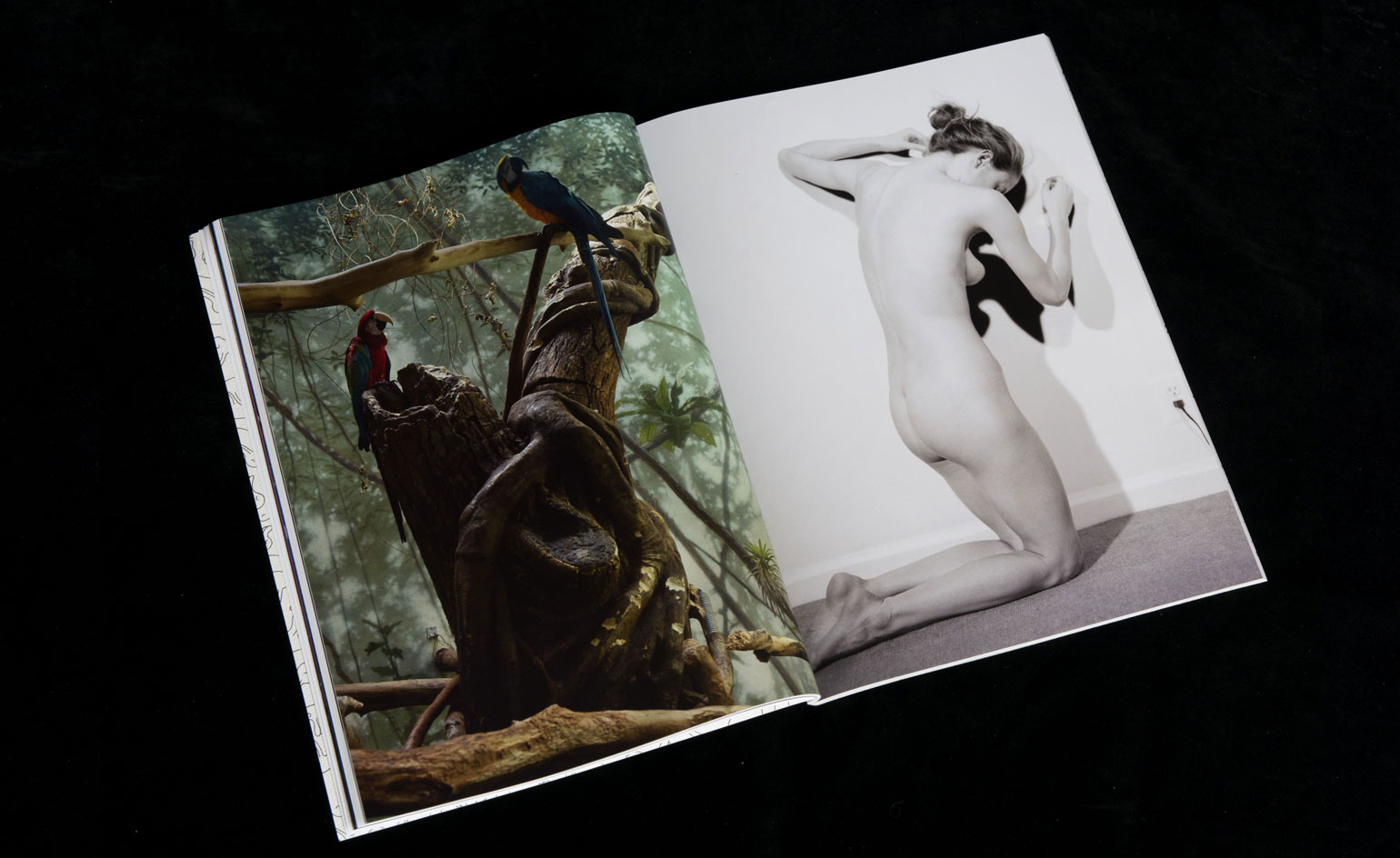
Content-wise, Lajeunie explains, 'we aimed for a joyeux foutoir', which translates as a 'merry mess'.
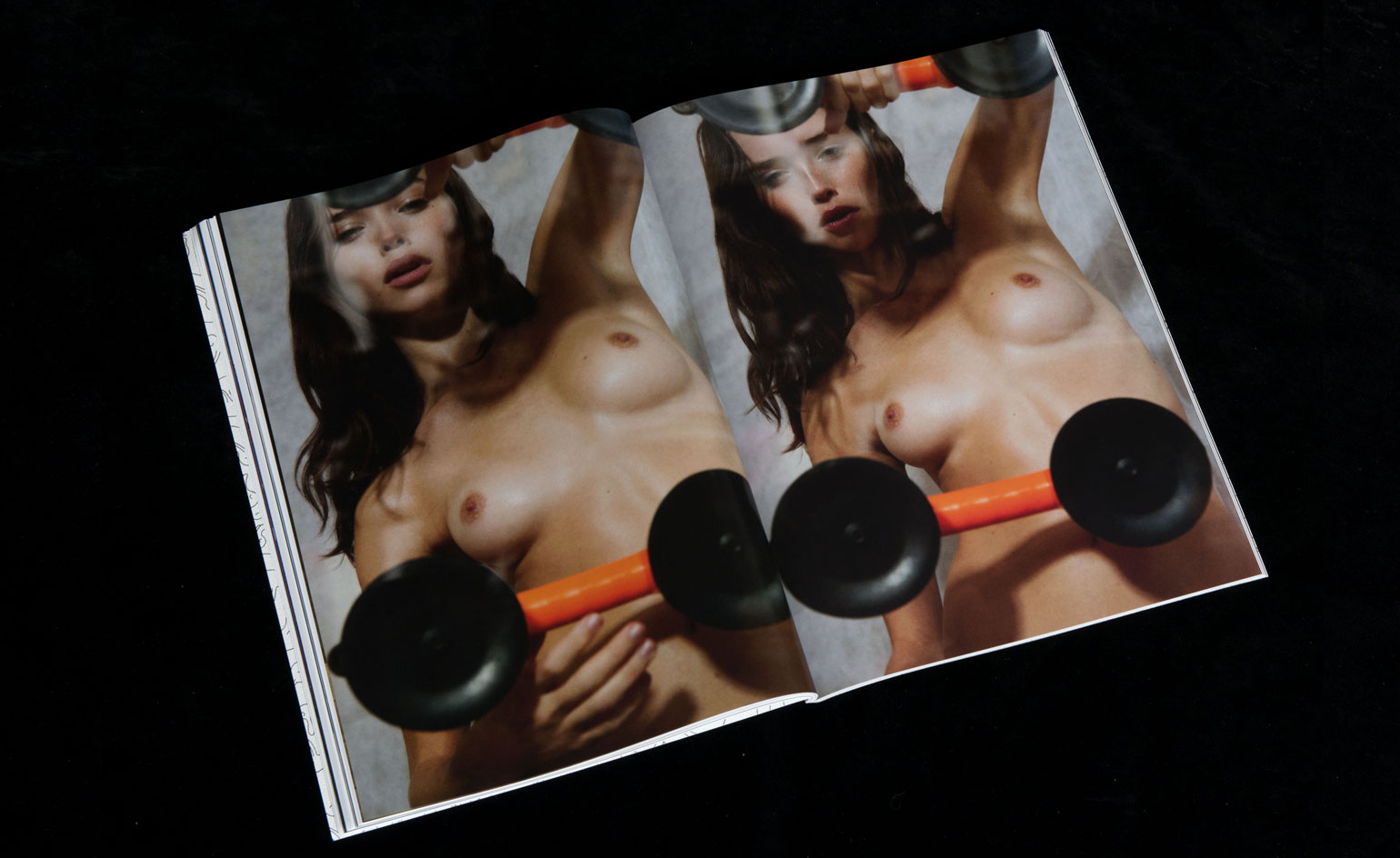
L'imparfaite has always aimed to explore how sex and eroticism can be a window to understanding the world.
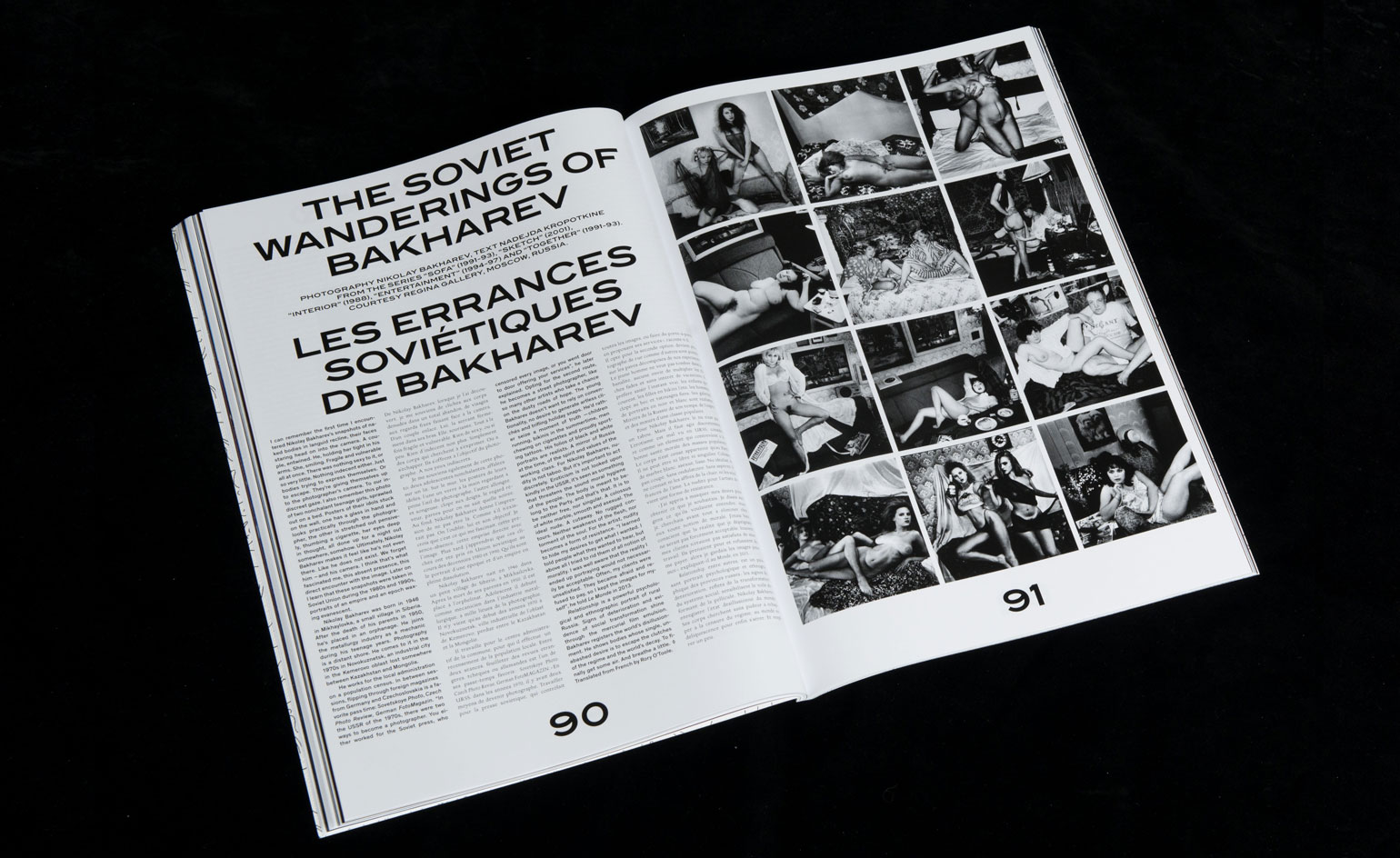
L'imparfaite mixes myriad visual formats and textual approaches - close attention is paid to the power of typography and print design. Courtesy of the artist and Regina Gallery Moscow
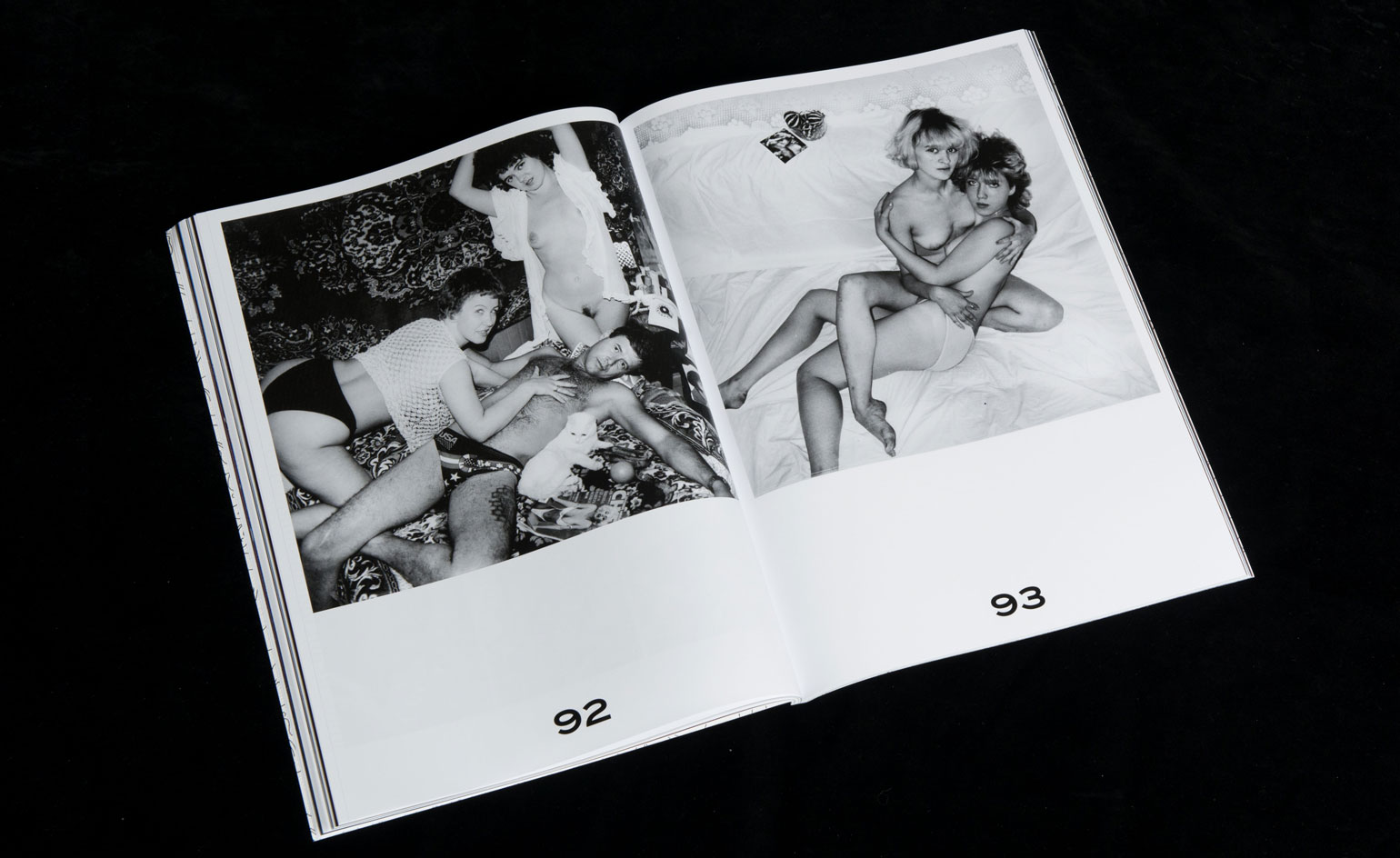
The name is an obtuse reference to 'a sexual practice that Casanova was fond of, a technical term in the printing industry, and other little secrets besides…' Courtesy of the artist and Regina Gallery Moscow
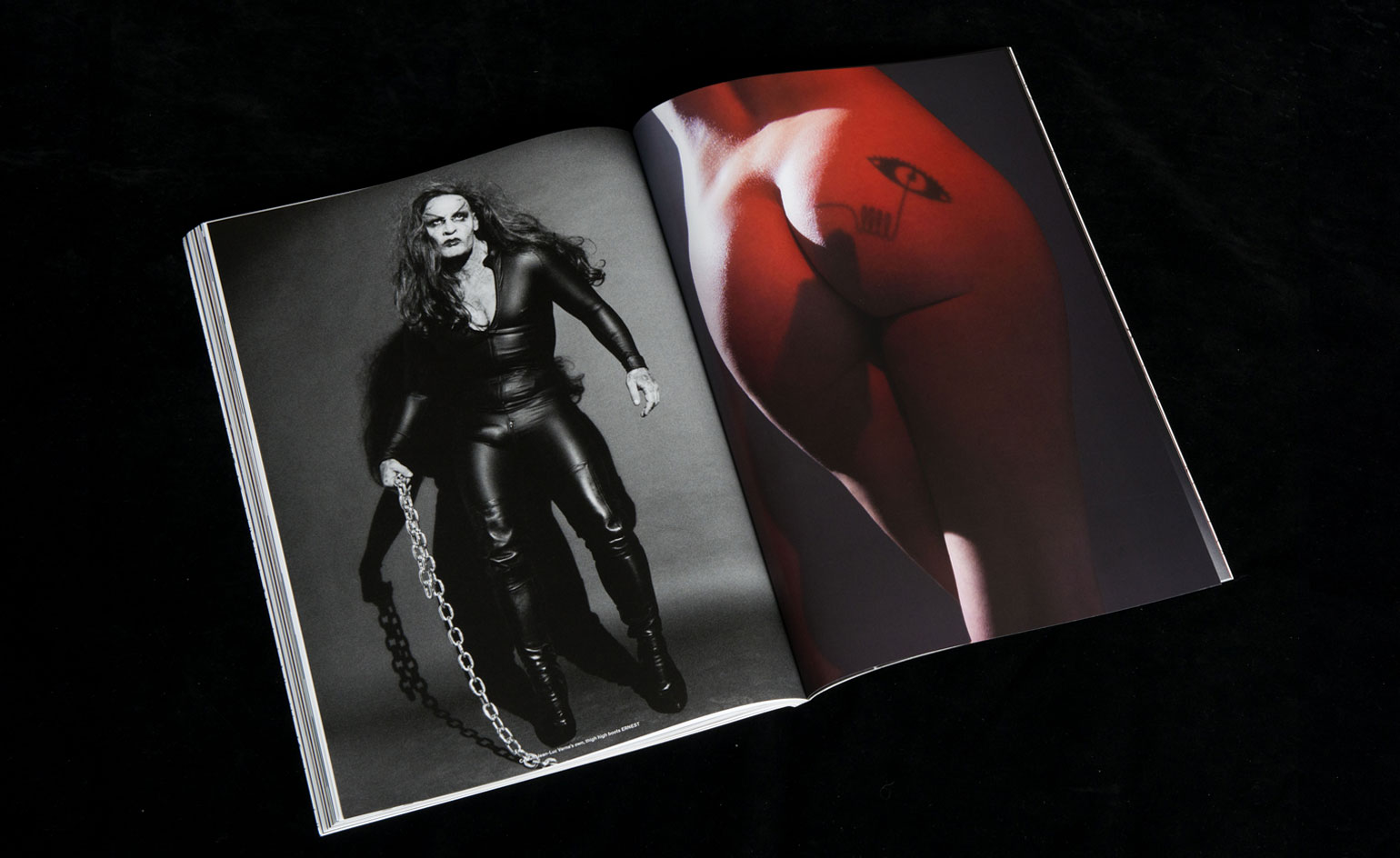
The publication has featured stories on 'Haitan gay-voodoo-priests, to a fisting fetishist from a little French village, a Turkish ex-erotic-cinema-star-turned-tailor in Paris, to Ukrainian photographers'
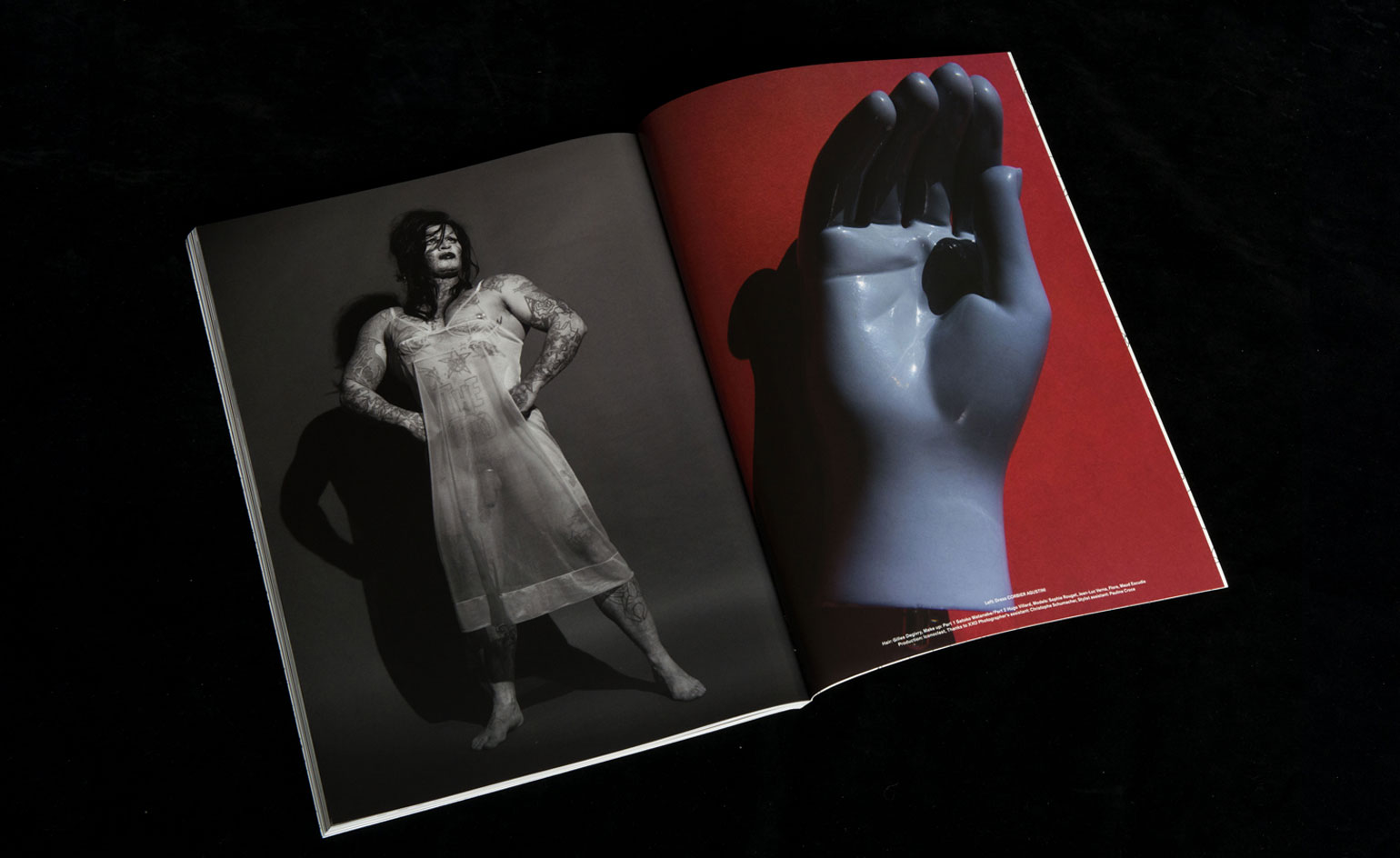
This final issue - printed in French and English - features the work of Walter Pfeiffer, Liam Astle, Nikolay Bakharev, Marton Perlaki and Camille Vivier (pictured), among others.
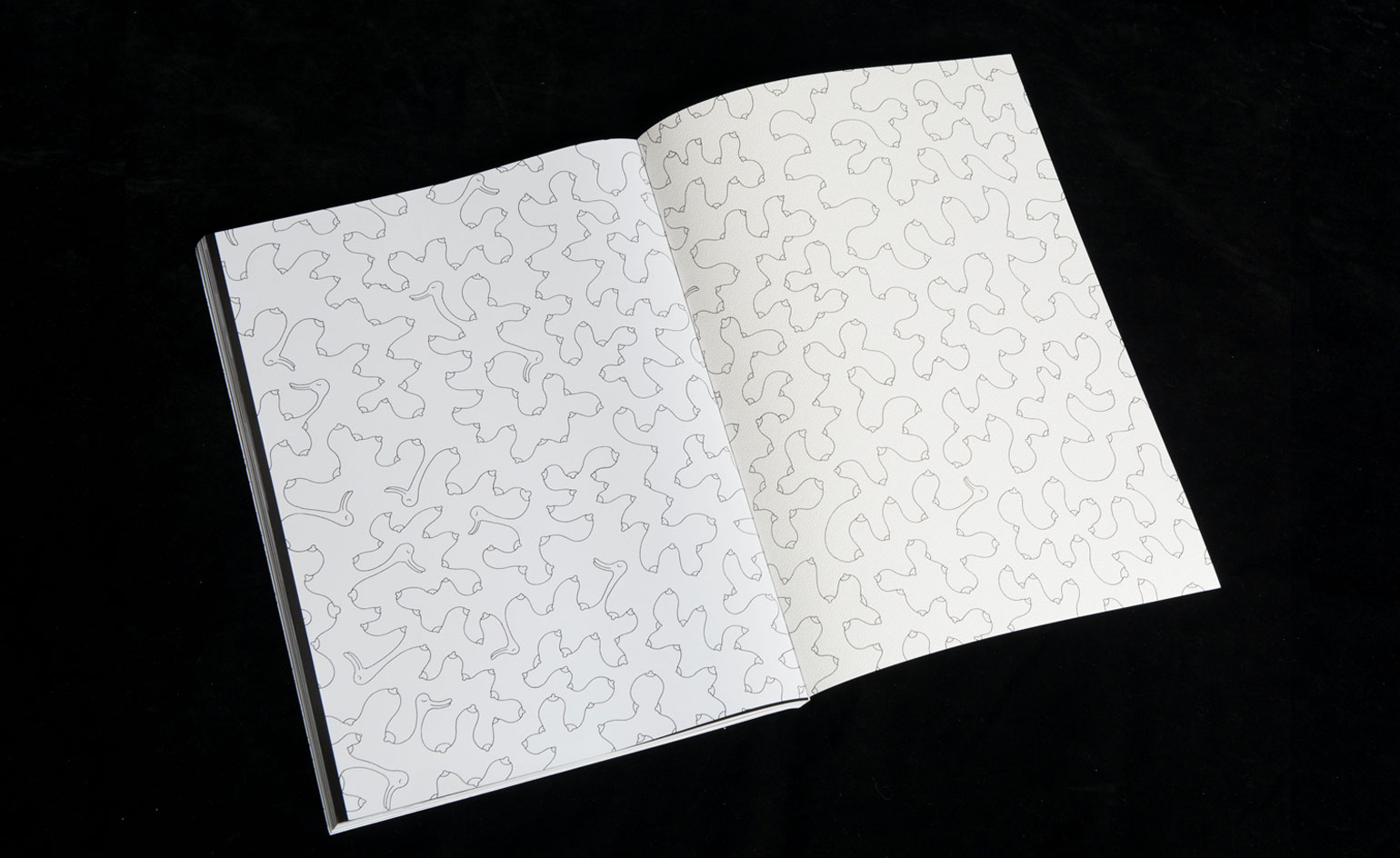
The endpapers were designed by Mrzyk & Moriceau, illustrators and animators who have also created music videos for Air and Sébastien Tellier.
Receive our daily digest of inspiration, escapism and design stories from around the world direct to your inbox.
Siska Lyssens has contributed to Wallpaper* since 2014, covering design in all its forms – from interiors to architecture and fashion. Now living in the U.S. after spending almost a decade in London, the Belgian journalist puts her creative branding cap on for various clients when not contributing to Wallpaper* or T Magazine.
-
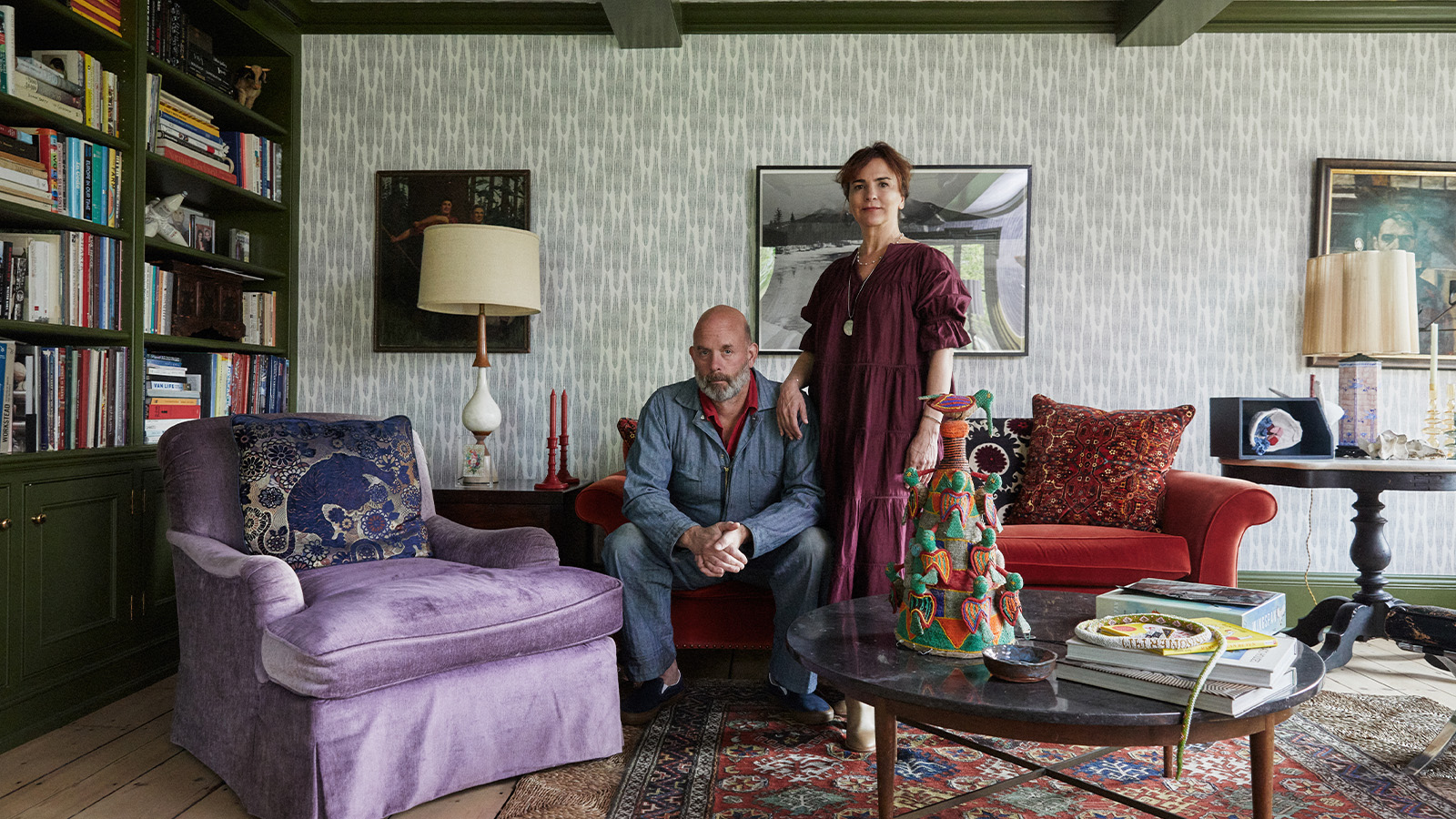 How We Host: Interior designer Heide Hendricks shows us how to throw the ultimate farmhouse fête
How We Host: Interior designer Heide Hendricks shows us how to throw the ultimate farmhouse fêteThe designer, one half of the American design firm Hendricks Churchill, delves into the art of entertaining – from pasta to playlists
-
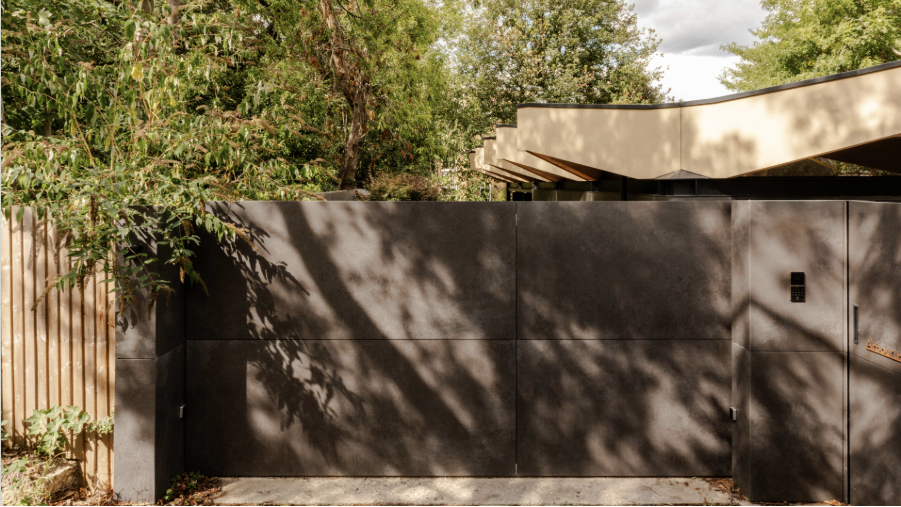 Arbour House is a north London home that lies low but punches high
Arbour House is a north London home that lies low but punches highArbour House by Andrei Saltykov is a low-lying Crouch End home with a striking roof structure that sets it apart
-
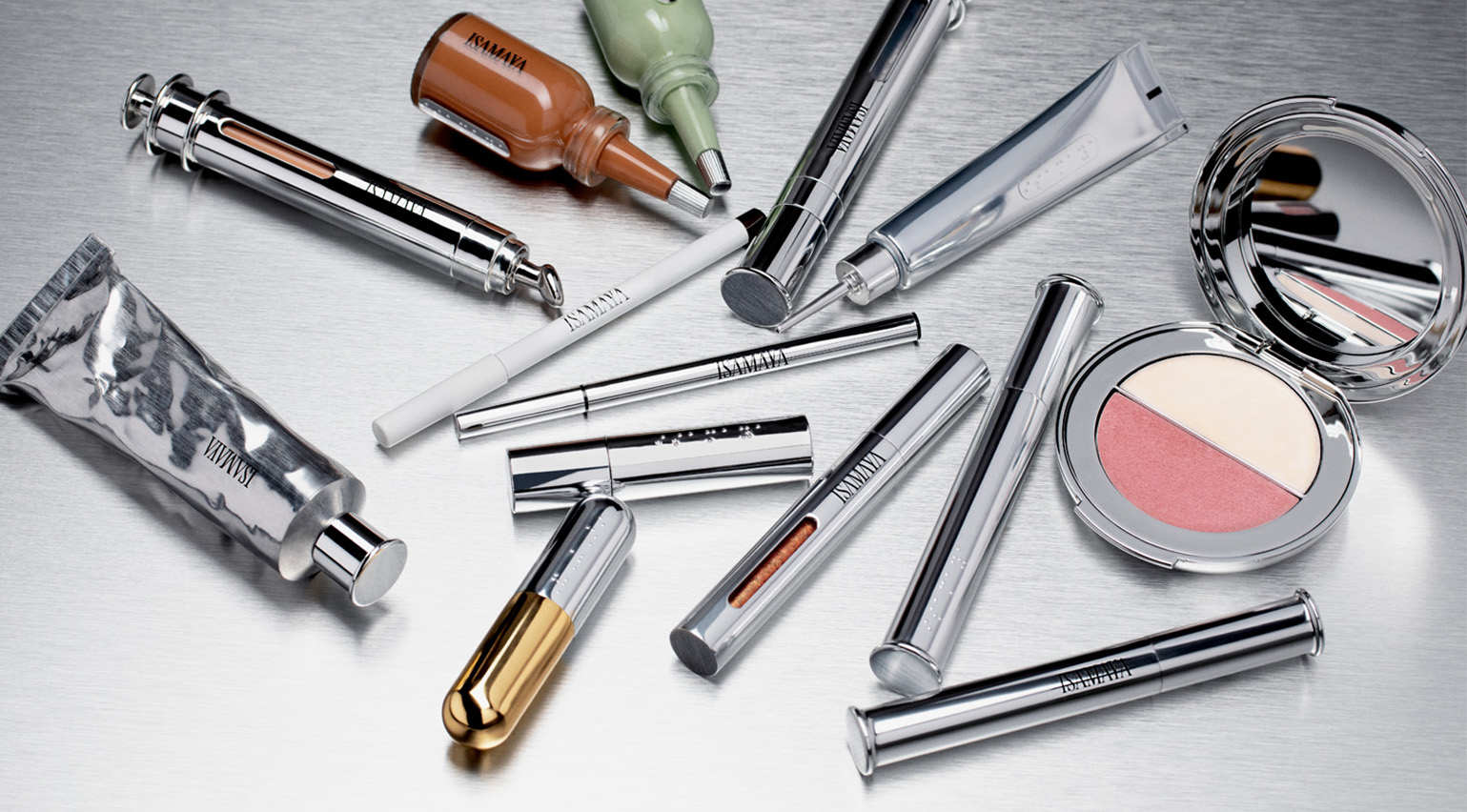 25 of the best beauty launches of 2025, from transformative skincare to offbeat scents
25 of the best beauty launches of 2025, from transformative skincare to offbeat scentsWallpaper* beauty editor Mary Cleary selects her beauty highlights of the year, spanning skincare, fragrance, hair and body care, make-up and wellness